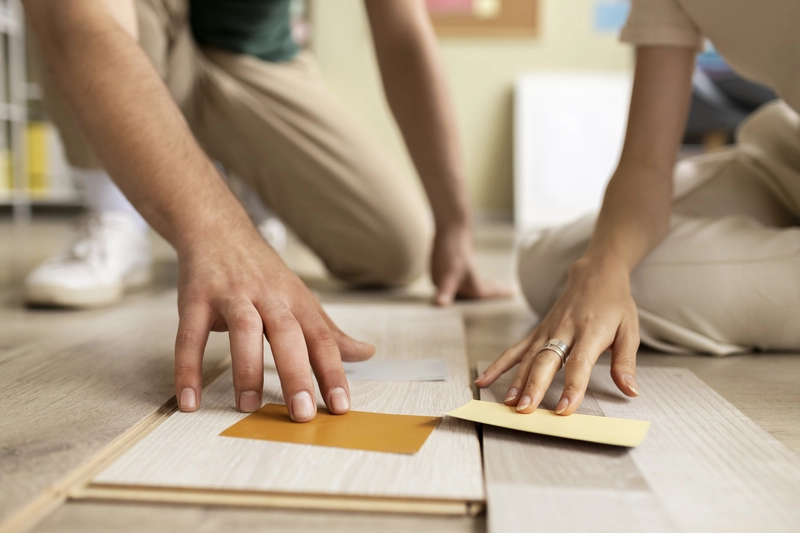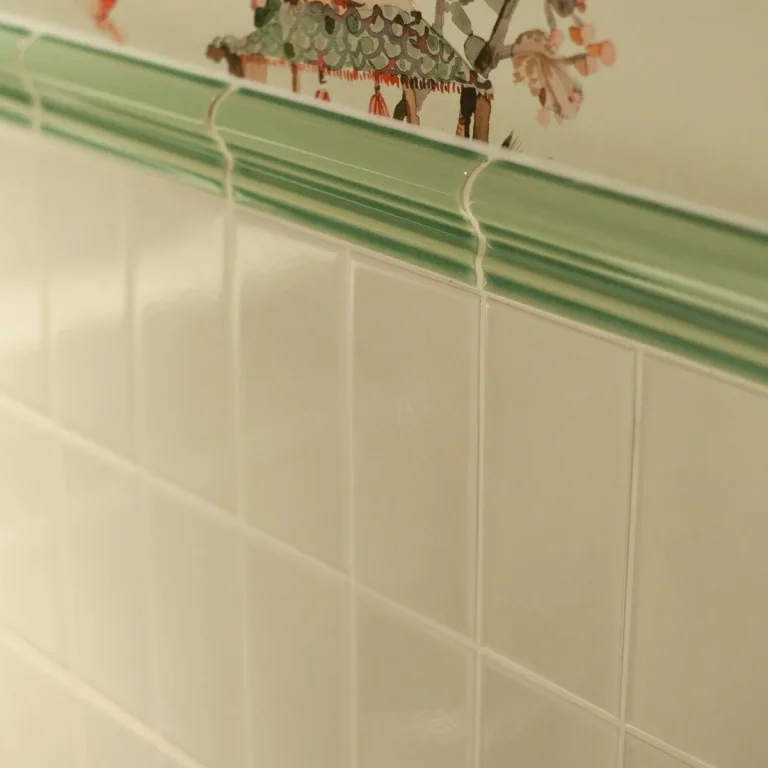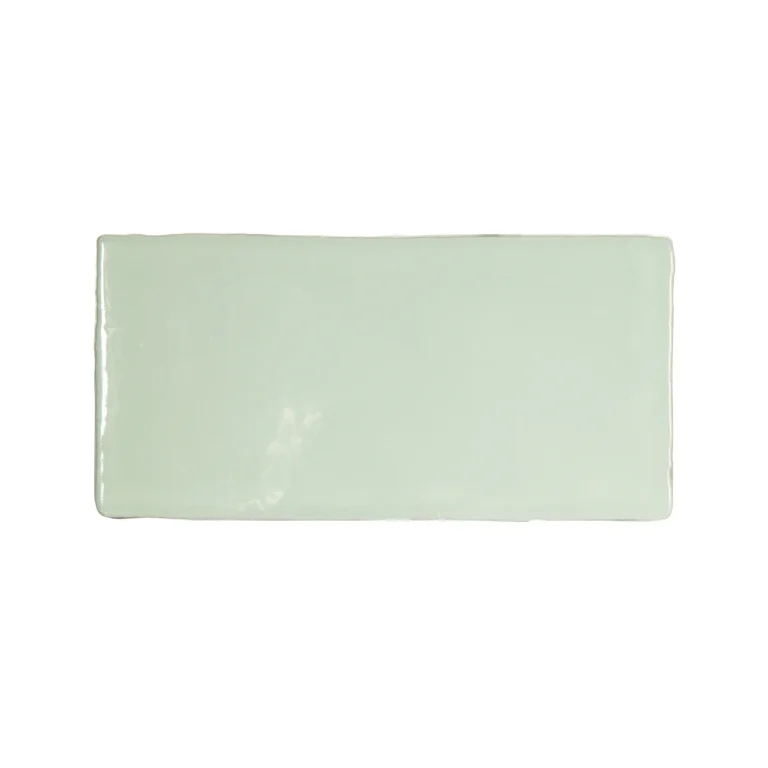Are you wondering how soon can you walk on flooring after installation? Walking on newly laid laminate flooring too soon can lead to potential damage and compromise the overall installation.
We explore the recommended waiting time before walking on laminate flooring, the factors that affect this timeline, the benefits of waiting, the risks of walking too soon, and how to know when it is safe to walk on your new flooring.
Let’s learn more about proper laminate flooring care and maintenance.
What Is Laminate Flooring?
Laminate flooring is a popular flooring option made from multiple layers of synthetic materials that are fused together to mimic the appearance of natural wood such as engineered wood or solid wood.
Laminate flooring consists of four main layers. The wear layer provides durability and protection against scratches and stains, while the design layer displays realistic wood or stone visuals. The core layer is typically made of high-density fibreboard that enhances stability, and the backing layer adds moisture resistance. Compared to prefinished wood, solid wood, and engineered wood, laminate flooring is more affordable, easy to install, and resistant to fading from sunlight exposure.

See product: Elka 8mm V-Groove Driftwood Oak
Laminate Flooring Installation
Laminate flooring can be installed using two primary methods: floating installation and glue-down installation, each requiring a properly prepared subfloor and underlay to ensure stability and longevity.
When opting for a floating installation, the laminated planks are not directly attached to the subfloor but rather interlock with each other, forming a unified surface that ‘floats’ over the subfloor. This method is popular due to its ease of installation and versatility, allowing for quick changes or modifications.
On the other hand, glue-down installation involves adhering each plank directly to the subfloor using a recommended adhesive, providing a more stable and permanent installation.
One critical aspect of successful installation is the preparation of the subfloor. It must be clean, dry, and level to prevent any issues such as squeaking or shifting of the laminate. Equally important is choosing the right underlay, as it can impact the overall comfort, sound insulation, and longevity of the flooring. Ensuring these steps are correctly followed will result in a beautiful and long-lasting laminate floor that enhances any space.
How Soon Can You Walk on Flooring After Installation?
After installing, it’s essential to understand the right time when can you walk on laminate flooring to ensure optimal durability and longevity of the flooring. This period allows the adhesive to cure properly and the laminate planks to set securely, minimising potential damage.
However, it is recommended to wait for at least 24-48 hours after installation before walking on it to allow the adhesive or locking system to set properly. This helps to prevent any potential damage to the flooring.
Walking on newly laid laminate flooring immediately after installation is generally not recommended, as the setting time and curing time are crucial for the longevity and durability of the flooring.
The Recommended Waiting Time Before Walking on Laminate Flooring
The recommended waiting time before walking on laminate flooring varies, but manufacturers and industry standards typically suggest waiting at least 24 to 48 hours post-installation.
Some manufacturers may recommend a longer waiting time of up to 72 hours for optimal results, especially if the installation conditions are less than ideal.
The variation in waiting times can be attributed to factors such as the type of underlay used, the climate of the installation area, and the specific instructions provided with the flooring product.
Industry standards aim to ensure the proper acclimatisation of the flooring to its environment, reducing the risk of issues like buckling, gaps, or shifting.
The Factors That Affect the Waiting Time?
Several factors can affect the waiting time before you can walk on laminate flooring, including the room’s temperature and humidity, the type of adhesive used, and the overall environment.
One crucial environmental factor that influences the adhesive curing process is temperature.
Temperature plays a significant role in how quickly or slowly the adhesive sets and bonds the flooring layers together. High temperatures can accelerate the curing process, shortening the waiting time before the flooring can bear weight. On the other hand, low temperatures can slow down the curing process, prolonging the waiting period. This is why it’s important to consider the ambient temperature of the room when installing laminate flooring.
The Benefits of Waiting Before Walking on Laminate Flooring
Waiting before walking on laminate flooring after installation has several benefits, including ensuring proper adhesion of the planks, preventing potential damage to the flooring, and achieving a smooth, even finish.
a. Allows for Proper Adhesion
Allowing time for the adhesive to set properly ensures that each plank of laminate flooring adheres securely, enhancing the overall stability of the installation.
Proper adhesive setting is crucial as it directly impacts the reliability of the entire flooring structure. When the adhesive is given ample time to set, it forms a strong bond between the flooring material and the subfloor, reducing the chances of gaps or air pockets that could lead to creaking or shifting over time. This meticulous process contributes to the durability and longevity of the flooring, ensuring that it can withstand daily wear and tear without compromising its performance.
b. Prevents Damage to the Flooring
Waiting before walking on newly installed laminate flooring helps prevent damage such as scratches, dents, and shifts, thereby maintaining the flooring’s durability.
Scratches on laminate flooring can occur due to abrasive particles getting trapped under shoes and causing friction when walked upon prematurely. Dents may also form if heavy objects are moved across the floor before it has properly settled. Shifts in the flooring can happen if the adhesive hasn’t fully cured, leading to gaps and uneven surfaces. By allowing the floor to set and stabilize, these issues can be avoided, ensuring a longer lifespan for your laminate flooring.
c. Ensures a Smooth and Even Finish
Giving the flooring time to set ensures a smooth and even finish, as it allows the planks to settle correctly and align uniformly.
By allowing planks to settle properly, any slight imperfections or uneven areas can be rectified, resulting in a floor that not only looks visually appealing but is also more durable in the long run. This settling process helps to prevent potential issues such as warping or buckling, which can occur if the flooring is rushed or not given adequate time to adjust to its new environment.
The Risks of Walking on Laminate Flooring Too Soon
Walking on laminate flooring too soon after installation poses several risks, including potential damage to the flooring, compromising the installation process, and causing unevenness and gaps between planks.
a. Damages the Flooring
Walking on laminate flooring before it has fully cured can cause damage such as scratches and dents, compromising the integrity of the installation.
This can lead to unsightly marks on the surface, detracting from the overall aesthetic appeal of the room.
The scratches can catch dirt and grime, making them more noticeable and harder to clean, further diminishing the flooring’s allure.
Dents can create uneven surfaces, affecting the smoothness of the floor and making it uncomfortable to walk on.
Such damages not only impact the visual appeal but also reduce the lifespan of the flooring, requiring premature replacements or repairs.
b. Compromise The Installation
Early walking can compromise the installation by disrupting the adhesive’s proper setting and causing the planks to shift.
In the early stages of installation, the adhesive needs time to bond and set securely. When walking on the freshly laid planks too soon, the pressure and movement can weaken the adhesive’s bond, leading to potential loosening or uneven alignment of the planks. This can create gaps or bulges in the flooring, affecting both the visual appeal and structural integrity of the finished product.
c. Causes Unevenness and Gaps
Walking on the flooring too soon can lead to unevenness and gaps between planks, which not only affects the appearance but also the functionality of the laminate flooring.
When the planks of laminate flooring are subjected to premature weight-bearing, the boards aren’t able to settle and adhere properly to the underlay. This lack of time for the planks to acclimatise can cause them to shift, resulting in uneven surfaces and unsightly gaps.
This misalignment not only compromises the visual appeal of the flooring but can also create tripping hazards and make the surface less stable for regular use.
How to Know When It Is Safe to Walk on Laminate Flooring?
Knowing when it is safe to walk on laminate flooring involves following the manufacturer’s recommendations, conducting a scratch test, and checking the adhesive’s condition.
a. Follow the Manufacturer’s Recommendations
Following the manufacturer’s recommendations for waiting time is crucial in ensuring the best results for your laminate flooring installation.
Manufacturers provide specific guidelines for waiting times between each installation step to guarantee optimal performance of your laminate flooring.
These recommendations consider factors like environmental conditions, adhesive curing time, and acclimatisation period to promote the longevity and durability of your flooring. By adhering to these instructions, you minimise the risk of issues such as buckling, gaps, or warping that can occur when the timeline is rushed or not followed accurately.
b. Conduct a Scratch Test
Conducting a scratch test involves gently attempting to scratch a small, inconspicuous area of the flooring to check if it has sufficiently hardened to withstand foot traffic.
By performing this test, one can assess the durability and hardness of the flooring material, providing crucial information regarding its readiness for installation or use. When conducting a scratch test, it is essential to use a sharp object to create a visible mark on the surface and then evaluate the depth and width of the scratch. This examination helps in determining if the flooring is prone to scratches, which could impact its longevity and aesthetic appeal. The results of the scratch test enable homeowners, contractors, or designers to make informed decisions about the suitability of the flooring for their specific needs.
c. Check the Adhesive
Checking the adhesive involves ensuring it is fully cured, which is a key indicator that the laminate flooring is ready for walking and regular use.
Assessing the curing state of the adhesive can be done by checking for specific cues. One common method is to gently press the adhesive with your fingernail; if it feels hard and dry without any indentations, it’s likely cured. Full curing is crucial as it ensures that the adhesive has reached its maximum strength, providing optimal support for the flooring. Without fully cured adhesive, the bond between the flooring and the subfloor may not be strong enough, leading to potential issues like squeaks or gaps over time.
Conclusion
Waiting the recommended time before walking on laminate flooring after installation is crucial to ensuring its durability and longevity.
Allowing the laminate flooring to set properly will help it acclimatise to the environment, reducing the risk of warping or damage over time. By exercising patience and refraining from premature use, homeowners can enjoy a floor that withstands daily wear and tear, maintaining its appearance for years to come. This simple step can make a significant difference in the performance and lifespan of the flooring, ultimately saving money on repairs or replacements in the future.
In conclusion, choosing the right flooring for your home or business is a significant decision, and ensuring it’s installed correctly is paramount. TEKA Flooring offers professional fitting services that guarantee your new floors are laid to perfection, enhancing both the beauty and durability of your investment.
Don’t leave your flooring installation to chance. Trust TEKA Flooring to deliver exceptional results that stand the test of time. Contact us today to schedule your fitting service and take the first step towards transforming your space with confidence. Choose TEKA Flooring – where quality and customer satisfaction are our top priorities.
Read also:

































